Eating bananas, watermelon, cereals, green leafy vegetables or drinking mint tea... can treat headaches caused by hunger and dehydration.
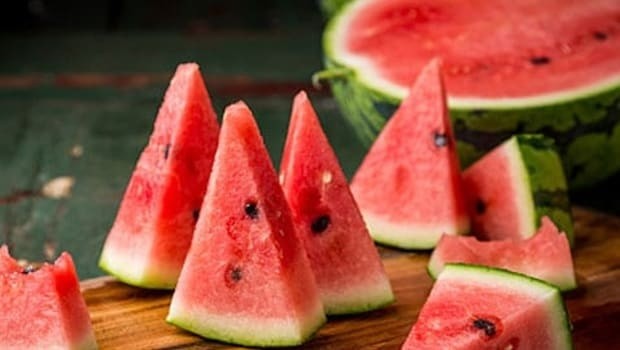 |
| Eating watermelon can relieve headaches caused by dehydration. (Source: iStock) |
Banana
If you’re dealing with a hunger headache, eating something will help alleviate the discomfort. Try bananas, which are high in fiber, which can help curb hunger. According to nutritionist Maddie Pasquariello, fiber slows digestion, increases satiety, and keeps you fuller for longer.
She also notes that fiber “regulates the digestive system, contributes to the health of the gut-brain axis, and may reduce the risk of certain central nervous system disorders,” including migraines.
However, be careful not to eat bananas on an empty stomach early in the morning because after a few hours the natural sugar level increases which can make you feel low in energy, sleepy and tired.
Eating bananas in the morning also increases the production of stomach acid, causing intestinal problems. If you want, you can combine bananas with other foods as part of a balanced breakfast.
Peppermint tea
Staying hydrated is essential for good health. But on days when you don't drink enough water or don't rehydrate properly after exercise, you may experience a headache. This is a classic sign of dehydration, along with a dry mouth and thirst, so you'll want to drink to rehydrate.
Peppermint tea is not only hydrating, but it also has a scent that can help relieve pain. This benefit is largely anecdotal, and the available research only involves topical application of peppermint oil.
However, menthol, the main compound in peppermint leaves, is thought to have pain-relieving properties. Pasquariello says more research is needed to understand specifically how peppermint tea affects headaches, but if you’re looking for a refreshing beverage, try adding it to your list of headache-relieving foods.
Foods and beverages containing caffeine
While caffeine can cause headaches in some people, it can also help relieve them in others. That's because caffeine narrows the blood vessels in the brain. "If you regularly consume caffeine and then suddenly stop, the blood vessels can dilate too much, causing headache symptoms," Pasquariello explains.
One of the quickest ways to alleviate this is to consume less caffeine. Pasquariello recommends that, instead of quitting caffeine abruptly, gradually reduce your caffeine intake over a few weeks.
Look for a beverage with a little less caffeine than you normally drink to help manage the caffeine and avoid headaches. Staying hydrated will help alleviate these headaches, she adds.
Watermelon
Watermelon is 90 percent water, so it can help restore the body's fluid balance and reduce dehydration, says Casey Kelley, a certified integrative medicine practitioner and founder and medical director of Case Integrative Health.
Eating watermelon cannot replace drinking water or electrolytes, but it can help increase the amount of fluid in your body and reduce headaches if the cause of the pain is dehydration.
Cereals
Whole grains increase and stabilize blood sugar levels, according to Dr. Kelley. They contain complex carbohydrates, which break down gradually and provide a slow, steady release of glucose.
“Whole grains are also a great source of fiber, which helps slow the digestion and absorption of carbohydrates, keeping blood sugar levels stable,” she adds.
Consider eating grains if you have a gluten allergy or sensitivity, Dr. Kelley notes, as some whole grains contain gluten and can cause headache-related reactions.
Whole grains like quinoa, brown rice, or oats are not suitable for hunger headaches—often caused by low blood sugar after skipping a meal.
Bean
While any food can help relieve hunger headaches, beans like green beans and black beans are great choices. They're high in fiber and protein, two nutrients that are especially filling.
"Beans are also rich in magnesium, a mineral that may be helpful in preventing migraines and headaches over time or reducing their severity," says Pasquariello.
Since this ingredient can be enjoyed in so many ways, you're sure to find a bean recipe that suits you, whether it's mixed into salads, with pasta, or pureed.
You can also simply combine beans with rice for an easy hunger-busting meal.
Green leafy vegetables
Packed with brain-friendly nutrients, leafy greens like spinach, kale, and Swiss chard may also be beneficial for headaches. “Leafy greens are a great source of magnesium, which has been linked to preventing and reducing migraines,” says Dr. Kelley.
Leafy greens are also high in riboflavin, a B vitamin that has been shown to reduce the frequency and severity of migraines in some people. “Finally, these vegetables are rich in antioxidants like vitamin C and beta-carotene,” says Kelley.
Antioxidants have been shown to reduce oxidative stress and inflammation, factors that may contribute to migraine attacks in some people.
Fermented foods
Like caffeine, fermented foods (like kimchi, yogurt, and miso) can be common headache triggers for some people. For others, however, they can be a valuable ingredient in headache management.
It’s all thanks to the high levels of probiotics, or good bacteria, in fermented foods that benefit the gut-brain connection. This may have something to do with the anti-inflammatory effects of probiotic-rich foods, according to Pasquariello.
“Since headaches and migraines are linked to inflammation, an anti-inflammatory diet may help, and fermented foods may be part of that,” she says.
Source



![[Photo] Prime Minister Pham Minh Chinh receives President of Cuba's Latin American News Agency](/_next/image?url=https%3A%2F%2Fvphoto.vietnam.vn%2Fthumb%2F1200x675%2Fvietnam%2Fresource%2FIMAGE%2F2025%2F12%2F01%2F1764569497815_dsc-2890-jpg.webp&w=3840&q=75)








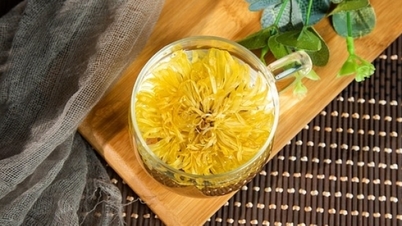

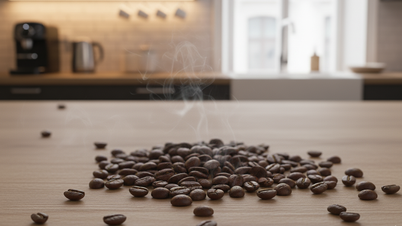






![[Video] Building a free basic health care service package, aiming towards gradually eliminating hospital fees](https://vphoto.vietnam.vn/thumb/402x226/vietnam/resource/IMAGE/2025/12/02/1764633707029_kham-png.webp)

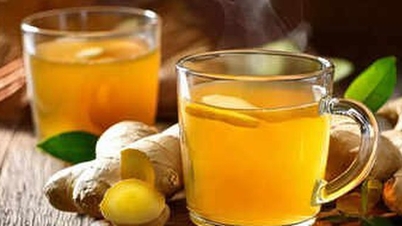





















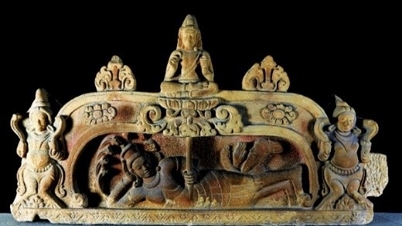


















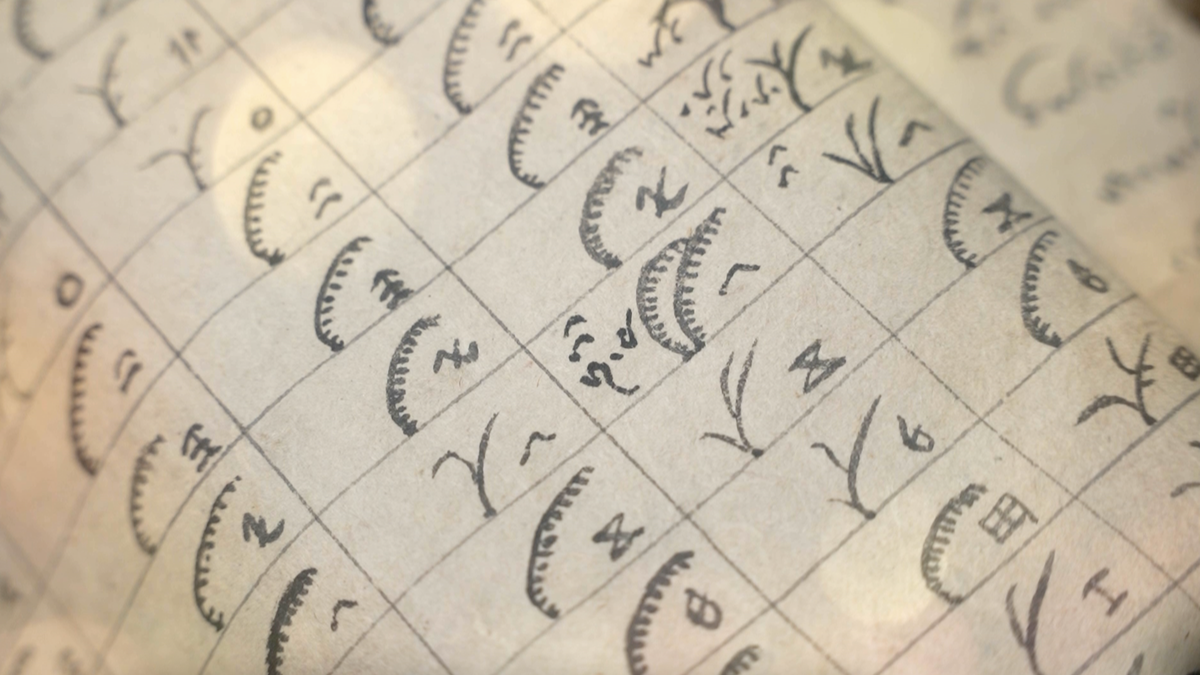



















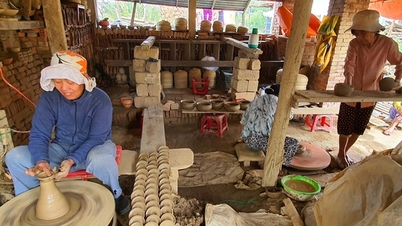

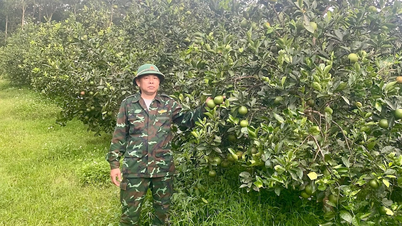















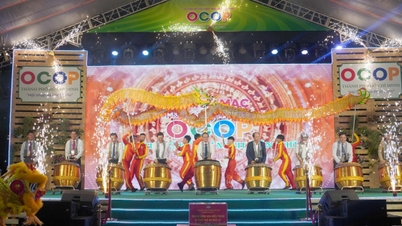





Comment (0)